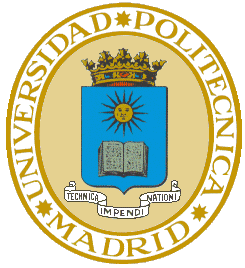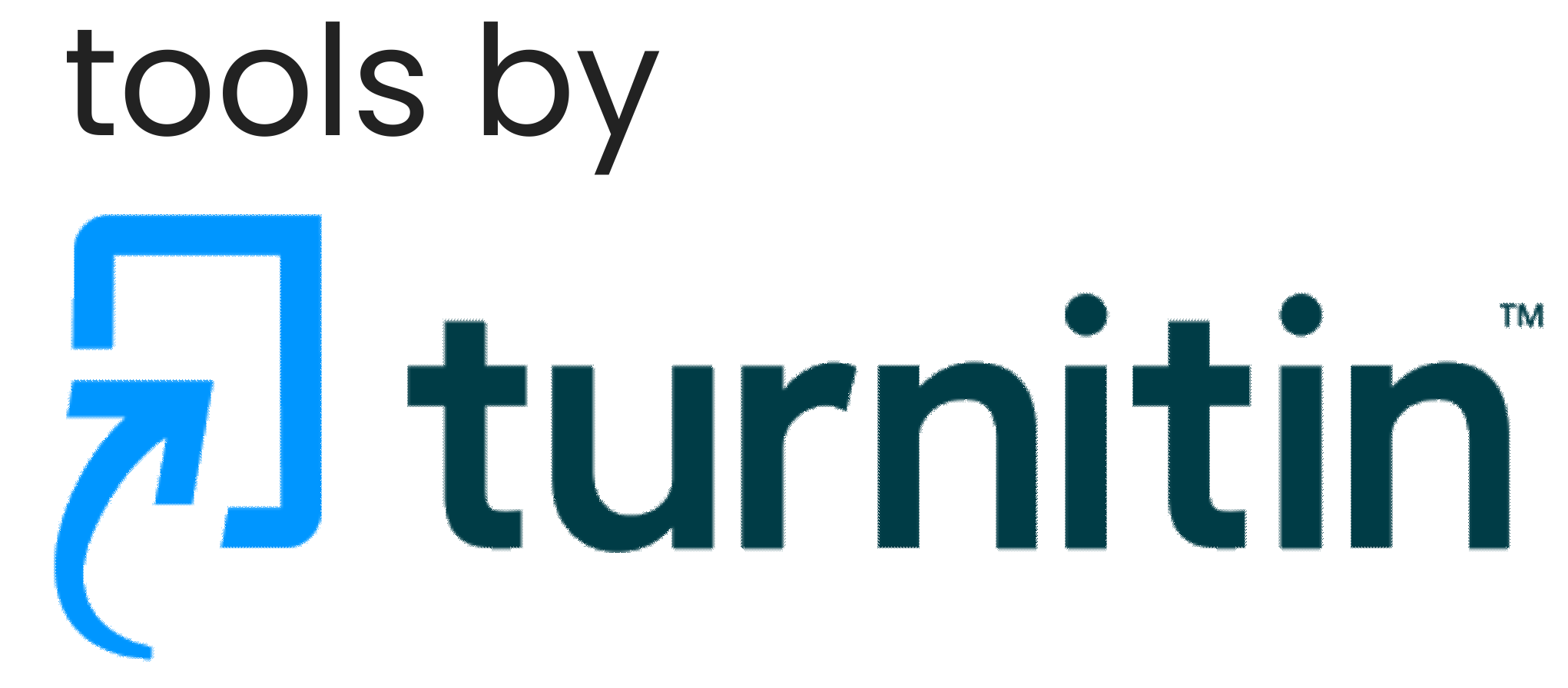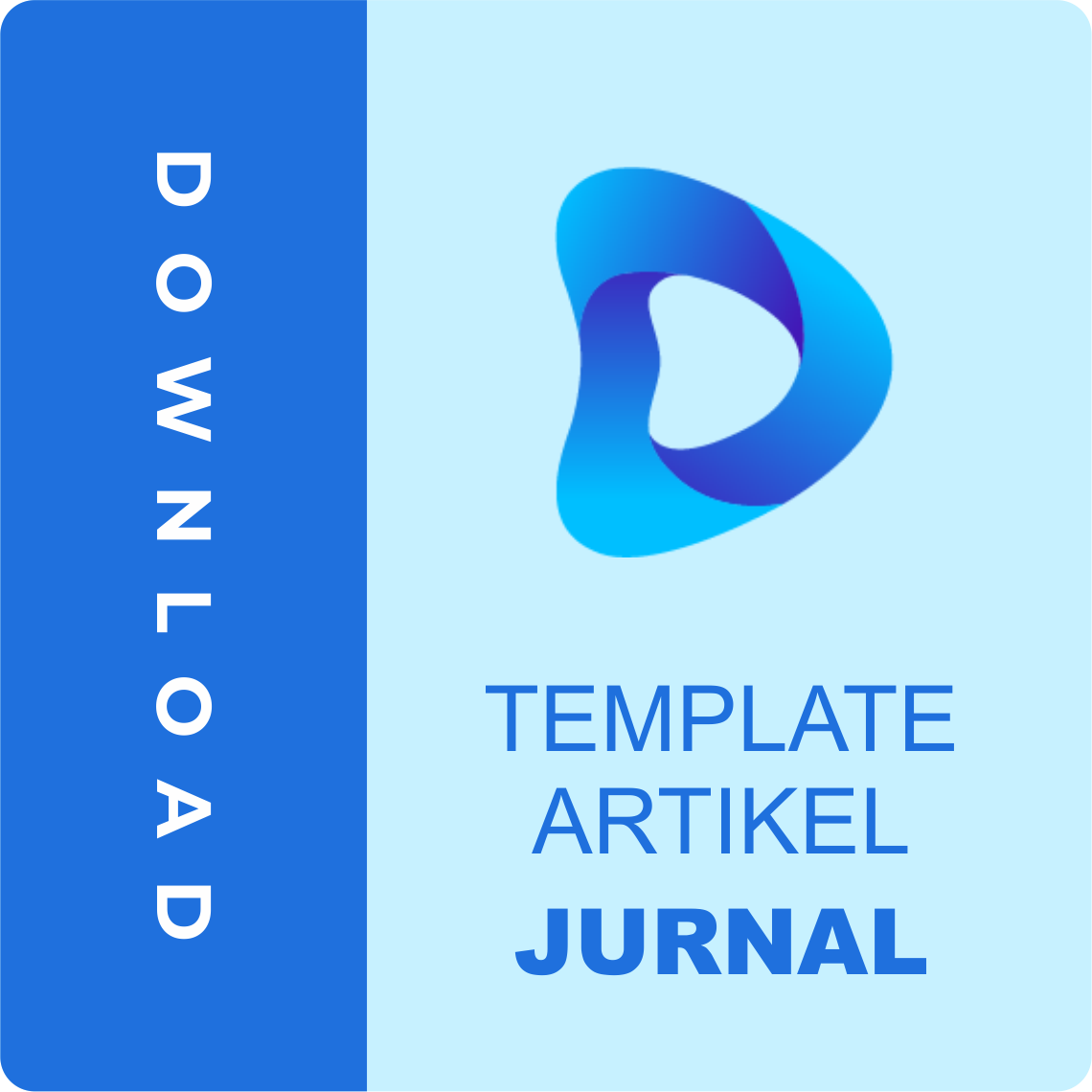Development of Learning Media For The Traditional Indonesian Hairdo Course
DOI:
https://doi.org/10.59188/devotion.v4i12.629Keywords:
Traditional Bun, Learning Video, HairdoAbstract
This research aims to explain: 1) the concept of developing instructional media for Traditional Nusantara Hairdo; 2) the process of developing instructional media for Traditional Nusantara Hairdo; 3) the feasibility of instructional media for the Traditional Nusantara Hairdo course. This research is a development study. The video was developed using the Borg and Gall approach, with stages including data collection, video planning, initial product development, product validation by experts, revision based on expert feedback, small-scale field trials, result revisions, large-scale field trials, product revision and improvement, and internal dissemination. Data collection was done using a media feasibility assessment questionnaire. The research subjects included 3 content experts, 2 media experts, and 60 potential users, namely students of the Makeup and Beauty Program, Yogyakarta State University. The research results show that the developed video is an interactive learning video for traditional Nusantara hairdos. The percentage of expert testing results in the learning aspect reached 88.33%, categorized as very feasible; content aspect reached 88.33%, categorized as very easy; and appearance aspect reached 94%, categorized as very feasible. The small-scale trial percentage is interpreted as 88.5% for appearance (very feasible), 91.66% for ease (very easy), and 91.66% for audio (very feasible). The large-scale trial percentage for appearance is 87.9% (very feasible), ease is 86.6% (very easy), and audio is 84.3% (very feasible). Therefore, this interactive learning video is deemed very suitable for use as instructional media for the Traditional Nusantara Hairdo course.
Published
Issue
Section
License
Copyright (c) 2023 Eni Juniastuti, Asi Tritanti, Warda Indadihayati

This work is licensed under a Creative Commons Attribution-ShareAlike 4.0 International License.
Authors who publish with this journal agree to the following terms:
- Authors retain copyright and grant the journal right of first publication with the work simultaneously licensed under a Creative Commons Attribution-ShareAlike 4.0 International. that allows others to share the work with an acknowledgement of the work's authorship and initial publication in this journal.
- Authors are able to enter into separate, additional contractual arrangements for the non-exclusive distribution of the journal's published version of the work (e.g., post it to an institutional repository or publish it in a book), with an acknowledgement of its initial publication in this journal.
- Authors are permitted and encouraged to post their work online (e.g., in institutional repositories or on their website) prior to and during the submission process, as it can lead to productive exchanges, as well as earlier and greater citation of published work.













